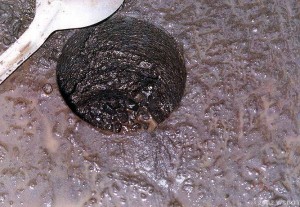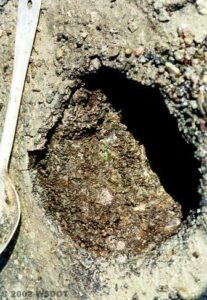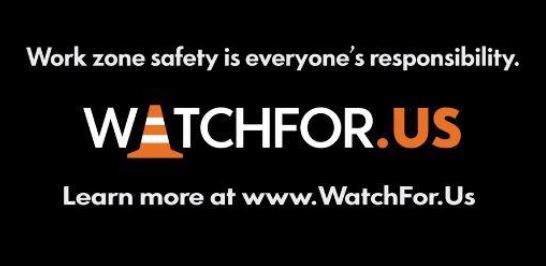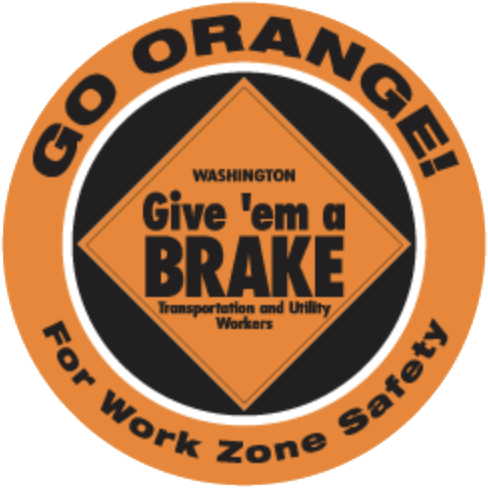Stripping
The loss of bond between aggregates and asphalt binder that typically begins at the bottom of the HMA layer and progresses upward. When stripping begins at the surface and progresses downward it is usually called raveling.

A small pavement core showing stripping at the bottom of the pavement section.

A small pavement core showing stripping at the bottom of the pavement section.
Problem
Decreased structural support, rutting, shoving/corrugations, raveling, or cracking (fatigue and longitudinal)
Possible Causes
Bottom-up stripping is very difficult to recognize because it manifests itself on the pavement surface as other forms of distress including rutting, shoving/corrugations, raveling, or cracking. Typically, a core must be taken to positively identify stripping as a pavement distress.
- Poor aggregate surface chemistry
- Water in the HMA causing moisture damage
Repair
A stripped pavement should be investigated to determine the root cause of failure (i.e., how did the moisture get in?). Generally, the stripped pavement needs to be removed and replaced after correction of any subsurface drainage issues.
Surface Distresses



